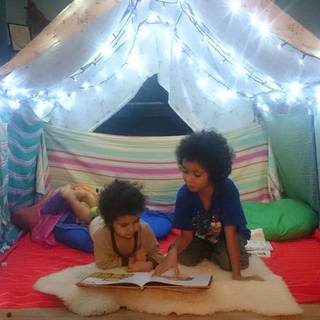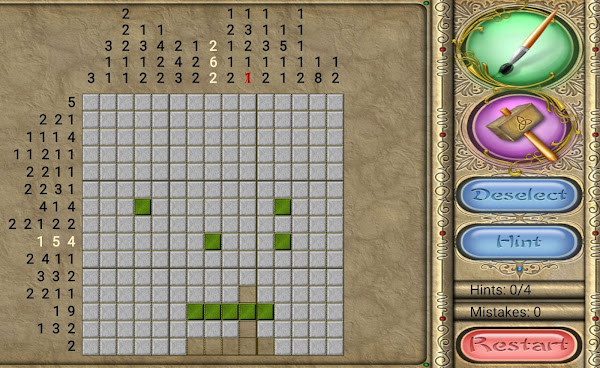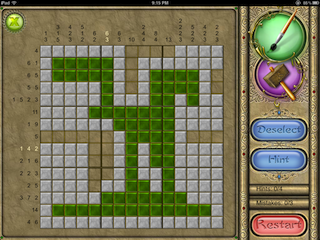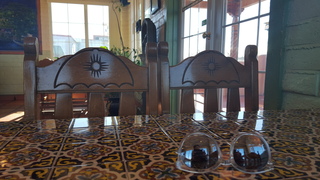Of things to do that encourage conversation:
I have discovered the motherlode of two-for-ones, of tools for inspiring and sustaining conversation.
I suppose you have some of these things, or might want to put them on your wish list. My favorite is pattern blocks. There are some hardwood blocks stained in a few bright colors, available for $25 at educational supply stores and upscale toyshops. They are mesmerizing. We bought a second set after a while so we could fill the table with one big mandala pattern after another. And over those blocks my children have told their secret dreams, and we have discussed art and math, manufacturing, stain and paint, we have laughed and been silent.
While the blocks were still out our children have dazzled visiting adults with their dexterity and artistic sense, then they’ve wandered off and the visitors have talked to me, while making patterns with blocks, about things that might have been hard to discuss if we were sitting facing one another. They’ve discussed their fears and love lives and embarrassments, and made some really great patterns.
Leaning on a Truck
scan of blocks by Sandra Dodd; they're bigger in real life
__ __


















